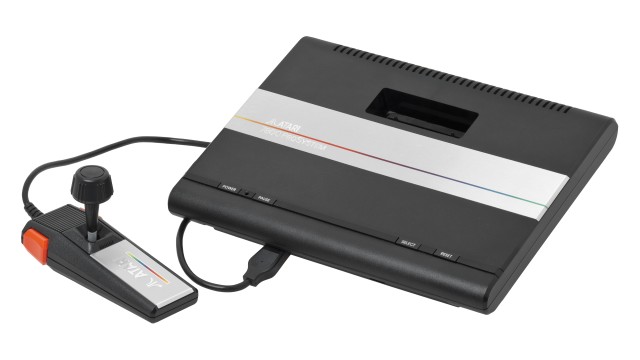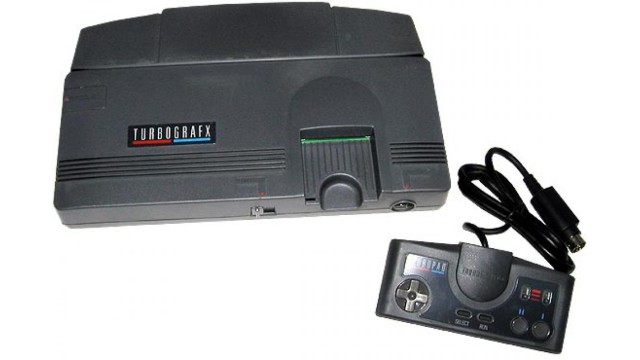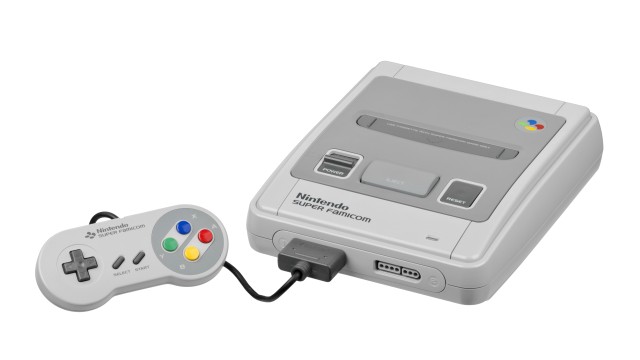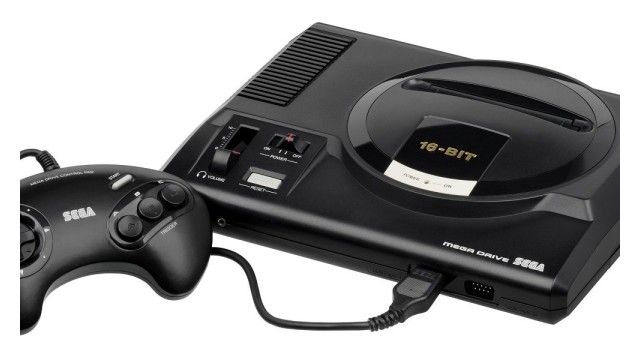
Mega Drive
 Manufacturer: Sega
Manufacturer: SegaLaunches: 1988
Discontinued: 1997
Life span: 9 years
Units sold: 30 750 000
Generation: 4th
Country releases of Mega Drive
 Japan: Japan: | 29/Oct/1988 | ||
 USA: USA: | 14/Aug/1989 | 189 | $ |
 South Korea: South Korea: | Aug/1990 | ||
 Europe: Europe: | 01/Sep/1990 | ||
 Brazil: Brazil: | 01/Nov/1990 | ||
 Spain: Spain: | Nov/1990 | 38900 | PTS |
 Mega Drive technical specifications
Mega Drive technical specifications
CPU: Motorola 68000
Memory: 64 KB
 Mega Drive video specifications
Mega Drive video specifications
Mega Drive graphics capabilities.
Video chip: VDP (Video Display Processor)
Video connection: Radio Frequency
Mega Drive video modes
| 320×240 | 61 colors using a 512 colors palette | PAL Progressive |
| 256×240 | 61 colors using a 512 colors palette | PAL Progressive |
| 320×224 | 61 colors using a 512 colors palette | NTSC Progressive |
| 256×224 | 61 colors using a 512 colors palette | NTSC Progressive |
| 320×480 | 61 colors using a 512 colors palette | PAL Interlaced |
| 256×480 | 61 colors using a 512 colors palette | PAL Interlaced |
| 320×448 | 61 colors using a 512 colors palette | NTSC Interlaced |
| 256×448 | 61 colors using a 512 colors palette | NTSC Interlaced |
 Mega Drive audio specifications
Mega Drive audio specifications
Mega Drive sound capabilities.
Audio chip: Yamaha YM2612
Audio mode: Stereo
 Controllers of Mega Drive
Controllers of Mega Drive
 Mega Drive games support
Mega Drive games support
Support: Cartridge
Mega Drive games
Games library: 1682
The best games of Mega Drive

Sonic the Hedgehog
Este juego de Sonic es el mas conocido por regalarse con la consola.Players: 1
Studio: Sonic Team
15M000K000 copies sold.
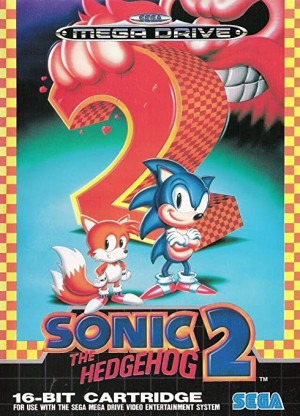
Sonic the Hedgehog 2
Players: 2 cooperative
Studio: Sega Technical Institute
6M030K000 copies sold.
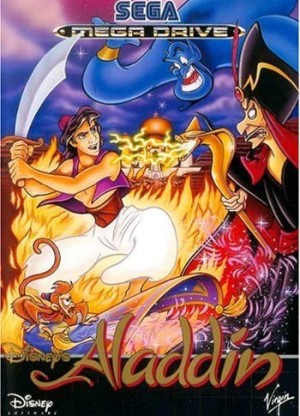
Disney's Aladdin
Studio: Virgin Games
4M000K000 copies sold.
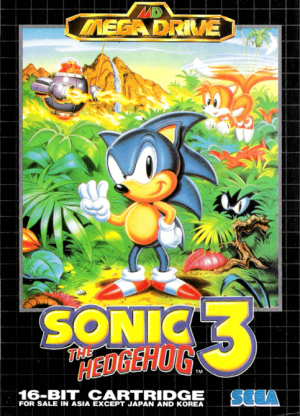
Sonic the Hedgehog 3
Players: 2 cooperative
Studio: Sega Technical Institute
Producer: Yuji Naka
Graphics: Takashi Yuda & Satoshi Yokokawa
Music: Brad Buxer Cirocco Jones Bobby Brooks Darryl Ross Geoff Grace Doug Grigsby Sachio Ogawa Tatsuyuki Ma
Programmer: Yuji Naka & Hiroshi Nikaidoh & Masanobu Yamamoto
3M900K000 copies sold.
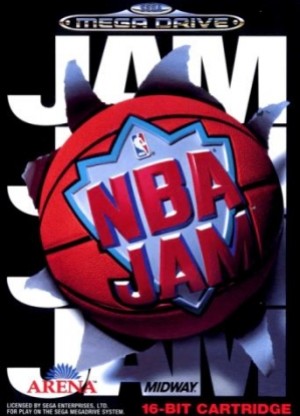
NBA Jam
Studio: Midway
1M930K000 copies sold.
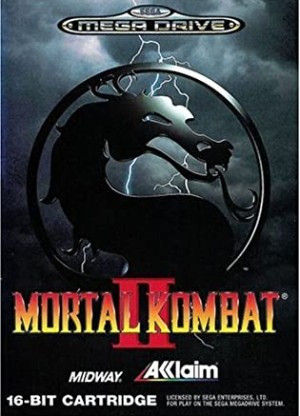
Mortal Kombat II
Players: 2 competitive
1M780K000 copies sold.
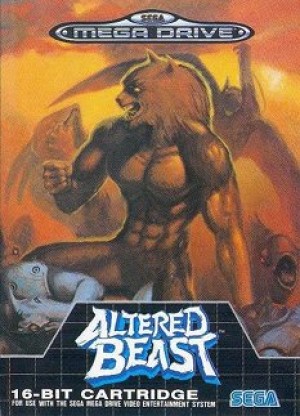
Altered Beast
Studio: Sega
Graphics: Rieko Kodama
Music: Kazuhiko Nagai
1M400K000 copies sold.
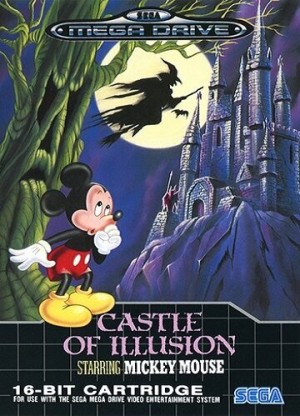
Castle of illusion
Players: 1
Studio: Sega (AM7)
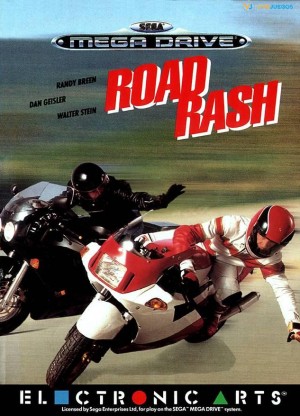
Road Rash
Players: 1
Studio: Electronic Arts
Director: Carl Mey
Music: Rob Hubbard
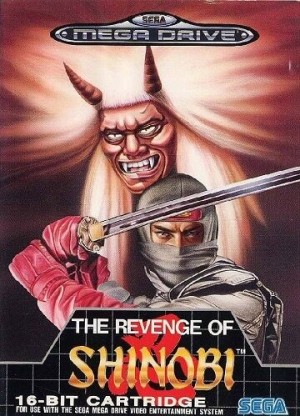
The Revenge of Shinobi
Studio: Sega
Director: Noriyoshi Ohba
Producer: Keiichi Yamamoto
Graphics: Taro Shizuoka & Takashi Yuda & Atsushi Seimiya
Music: Yuzo Koshiro
Programmer: Matsuhide Mizoguchi
Mega Drive story
The Sega Mega Drive, known as the Sega Genesis in North America, stands as one of the most influential video game consoles in the history of gaming. Launched in the late 1980s, the Mega Drive marked Sega’s ambitious entry into the 16-bit era, a significant step forward from the 8-bit systems that dominated the market at the time. The development, launch, and market reception of the Mega Drive illustrate its impact on the gaming industry and its role in shaping the future of home entertainment.
The development of the Sega Mega Drive was driven by Sega’s desire to advance beyond its previous hardware, the Sega Master System. Sega recognized the potential of 16-bit technology to deliver more sophisticated graphics and sound capabilities, which were essential for creating more immersive and complex gaming experiences. The development of the Mega Drive began in the early 1980s, spearheaded by a team at Sega led by Masami Ishikawa, who played a crucial role in designing the console’s architecture. The console was built around the Motorola 68000 CPU, which was a powerful 16-bit processor that provided significant performance improvements over the 8-bit systems of the time. Additionally, the Mega Drive featured a Zilog Z80 coprocessor that handled sound processing, enabling advanced audio capabilities for its games.
Sega’s development approach also involved a focus on strong third-party support and a diverse game library. Recognizing the importance of having a robust lineup of games to drive sales, Sega actively engaged with developers and publishers to ensure that the Mega Drive would launch with a compelling array of titles. This strategy was intended to differentiate the console from its competitors and establish it as a leading platform in the growing video game market.
The launch of the Sega Mega Drive occurred in Japan on October 29, 1988. The console was initially released under the name Mega Drive, which reflected its emphasis on advanced technology and innovation. Its launch in Japan was met with considerable anticipation, buoyed by Sega’s marketing efforts and the growing interest in 16-bit gaming. The Mega Drive quickly gained traction in the Japanese market, thanks to its impressive hardware capabilities and a solid lineup of games.
The console was later introduced to the North American market as the Sega Genesis on August 14, 1989. The decision to rebrand the console for North America was influenced by trademark issues with the name “Mega Drive” and a strategic decision to better align with local marketing strategies. The Genesis launch in North America was supported by a marketing campaign that highlighted the console’s advanced graphics, superior sound, and a strong library of games. Sega’s aggressive marketing efforts, including the famous slogan “Genesis does what Nintendon’t,” were designed to position the Genesis as a superior alternative to Nintendo’s popular 8-bit NES and to capitalize on the growing interest in 16-bit gaming.
The market reception of the Sega Mega Drive/Genesis was generally positive and played a significant role in shaping the competitive landscape of the video game industry. In Japan, the Mega Drive faced competition from Nintendo’s Super Famicom (known as the Super Nintendo Entertainment System, or SNES, in other markets), but it managed to establish a strong presence thanks to its compelling game library and technological advantages. The console’s early success was bolstered by popular titles such as “Altered Beast,” “Phantasy Star II,” and “Sonic the Hedgehog,” the latter of which became a defining game for the Genesis and played a crucial role in its success.
In North America, the Sega Genesis made a significant impact by effectively challenging Nintendo’s dominance in the market. Sega’s aggressive marketing strategy, combined with a strong lineup of games, helped the Genesis carve out a substantial market share. The console was praised for its impressive graphics and sound capabilities, which were seen as advancements over the competing 8-bit systems.
The success of games like “Sonic the Hedgehog” and “Mortal Kombat” contributed to the Genesis’s popularity and helped to establish Sega as a major player in the gaming industry.
Despite its success, the Sega Mega Drive/Genesis faced challenges as the 16-bit era progressed.
The release of Nintendo’s Super Nintendo Entertainment System brought renewed competition, with Nintendo’s console offering its own set of advanced features and a strong lineup of exclusive games. Sega’s aggressive marketing strategies and focus on maintaining a diverse game library were key to its continued success, but the intense competition from Nintendo and the eventual transition to 32-bit and CD-based systems marked the beginning of a new phase in the gaming industry.
The Sega Mega Drive/Genesis console stands as a significant milestone in the history of video game consoles. Its development marked a leap forward in gaming technology, and its launch and market reception highlighted Sega’s ability to compete effectively in a rapidly evolving industry. The Mega Drive’s impact on the gaming landscape is reflected in its role in shaping the competitive dynamics of the 16-bit era and its contributions to the evolution of home gaming systems.
Previous Sega console: Master System
Next Sega console: Sega Saturn
